
Worksheets and No Prep Teaching Resources
Reading Comprehension Worksheets
Animal Themes
Amphibians
Rain Forest
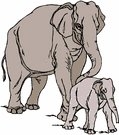
Animal Themes
 Worksheets and No Prep Teaching Resources Reading Comprehension Worksheets Animal Themes Amphibians Rain Forest |
 Animal Themes |
| edHelper's suggested reading level: | grades 5 to 6 | |
| Flesch-Kincaid grade level: | 5.82 |
| Amphibians |

|
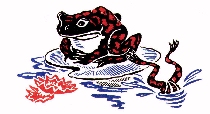 1 Amphibians are cold-blooded animals with moist skin. Frogs and toads are amphibians.
1 Amphibians are cold-blooded animals with moist skin. Frogs and toads are amphibians. |
Create Weekly Reading Books
Prepare for an entire week at once! |
| Leave your feedback on Amphibians (use this link if you found an error in the story) |
 |
Animal Themes
|
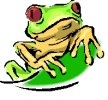 |
Amphibians
|
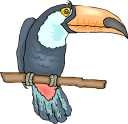 |
Rain Forest
|
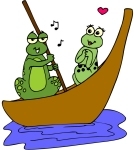 |
Frog Activities, Worksheets, Printables, and Lesson Plans
|
|
|